Latest NRAO News
News is managed by NRAO News & Public Information. Questions about News? Have a story to share? Want to interview a scientist or create new media about our telescopes?
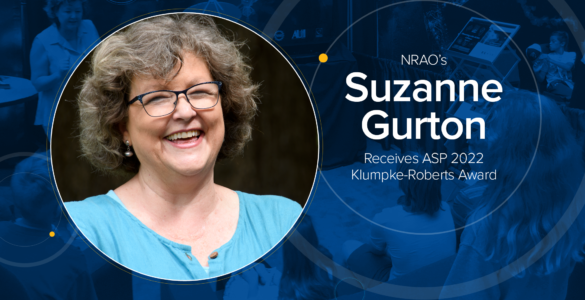
Suzanne (Suzy) Gurton, NRAO’s Assistant Director for Education and Public Outreach, has been named the 2022 recipient of the Astronomical Society of the Pacific’s prestigious Klumpke-Roberts Award. The award recognizes outstanding contributions to the public understanding and appreciation of astronomy.
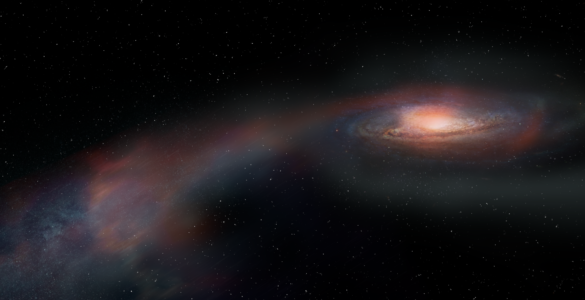
While observing a newly-dormant galaxy using the Atacama Large Millimeter/submillimeter Array (ALMA) and the Hubble Space Telescope (HST), scientists discovered that it had stopped forming stars not because it had used up all of its gas but because most of its star-forming fuel had been thrown out of the system as it merged with another galaxy. The result is a first for ALMA scientists. What’s more, if proven common, the results could change the way scientists think about galaxy mergers and deaths.
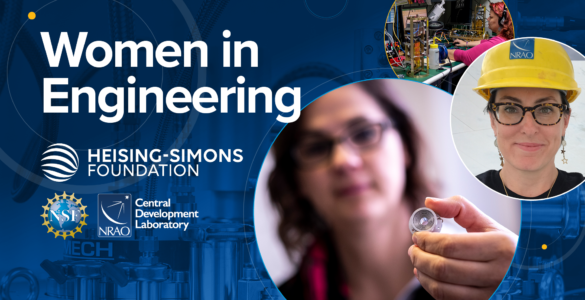
Following a generous grant from the Heising-Simons Foundation, the Central Development Laboratory (CDL) at NSF’s National Radio Astronomy Observatory (NRAO) will soon launch an ambitious Women in Engineering program that will increase opportunities for women to enter the field of radio astronomy through engineering pathways. The program will include a postdoctoral fellowship and a co-op program for undergraduate and graduate students.

NRAO is supporting a Mexican astronomer’s work to select and develop antenna sites in northern Mexico for the Next Generation Very Large Array (ngVLA).
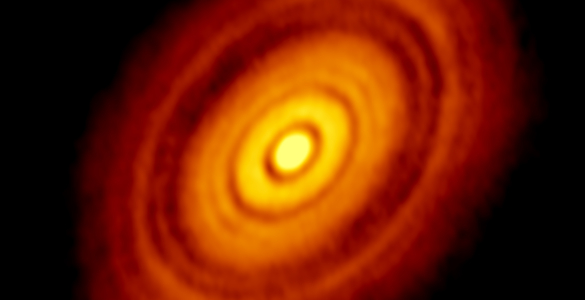
Ground-breaking 2014 HL Tau observational data from the Atacama Large Millimeter/submillimeter Array (ALMA) has been cited in more than 1,000 scientific studies in the past 7.5 years, aiding in major breakthroughs in scientists’ understanding of planet formation. The milestone comes as engineers at the U.S. National Science Foundation’s National Radio Astronomy Observatory (NRAO) embark on ambitious upgrades to the receivers responsible for the clarity of initial observations.
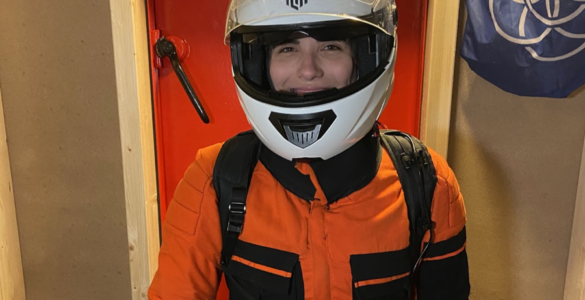
Tatiana López is an aerospace engineering student at the University of Concepción in Chile, and a certified PROVOCA Mentor, an AUI/NRAO program that promotes and supports young women pursuing STEM vocations in Chile. She is also the only Latin American woman that participated in the Asclepios II Mission, a Switzerland-based analog space program designed by and for students that required two years of training followed by 15 days in an underground Moon simulation at the former Gotthard Mountain military fortress located in the Swiss Alps.





